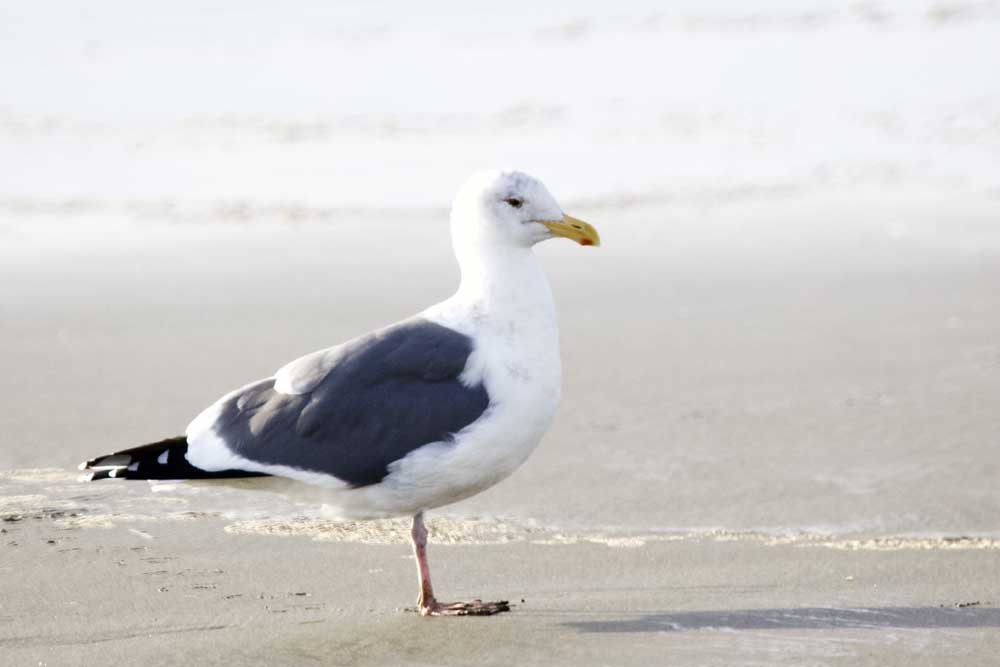Birding: There are gulls galore on our salty shores
Published 7:54 am Thursday, October 6, 2022

- The western gull is the only widespread large dark-mantled gull on the West Coast.
Most of us can recognize gulls but identifying the various species can sometimes be a challenge even for the most experienced birder.
Trending
Some gulls take a few years to mature making sub-adults not always easy to identify. In addition, there are some gulls that interbreed such as the western and the glaucous-winged gull. Those of us who live on the Long Beach Peninsula are lucky enough to be able see a relatively large number of different gulls. To date, 12 different species have been confirmed for the peninsula. The rarest of the gull species that frequent our ocean beaches include the herring gull, Sabine’s gull and the glaucous gull. The black-legged kittiwake is rare in the summer but uncommon in the other three seasons. Our most common gulls are the short-billed, ring-billed, western, and glaucous-winged.
We not only see gulls on our ocean beaches or Willapa Bay, but we also see some species in agricultural fields, beach parking lots, fast food parking lots and sometimes at the dump or landfills! Gull identification can be fun and can be done at any level from studying different plumages to just checking out the adults. Besides they are large birds and easy to watch especially when they are loafing on the beach.
The glaucous-winged is one of the largest of our gulls. It ranges in size from 24-27 inches. The adult bird is large with a pearly gray mantle and wings. It is the only gull with gray wingtips. Its bill is yellow with a red spot on the lower mandible, but in winter the spot becomes blackish. Its feet are pink. According to Audubon (2021), it feeds mainly on “dead seabirds, whales, starfish, clams and mussels.” It is certain to be seen in Nahcotta at the port.
Trending
The western gull is also a large gull and is about the same size (24-27”) as the glaucous winged gull. It is the only widespread large dark-mantled gull on the West Coast. It also resembles the glaucous-winged gull in habits as well as in size. The two readily hybridize in the Pacific Northwest (Audubon Society, 2021). The adult is bright white with a dark slate colored back. Its eyes are yellow and its yellow bill sports a red dot near the tip of the lower mandible. Its feet are pinkish. It is most often seen on our ocean beaches mingling with other gulls.
Another of our common gulls is the ring-billed. It is interesting because it is what I call the “fast food gull.” It can always be seen in the parking lots of fast-food restaurants like McDonald’s, where it feeds on food scraps, or in farmer’s fields, and at landfills. It ranges in size from 18-20 inches. Its legs and feet are greenish-yellow, and its yellow bill sports a narrow black ring on its bill. This species is sure to be seen at the various beach approaches, especially the Ocean Park approach.
This article provides a small glimpse into the identification features of three of our most common adult gulls. Some of the most recent findings have been incorporated. Watch this space for more on our amazing gulls.
Happy birding!









